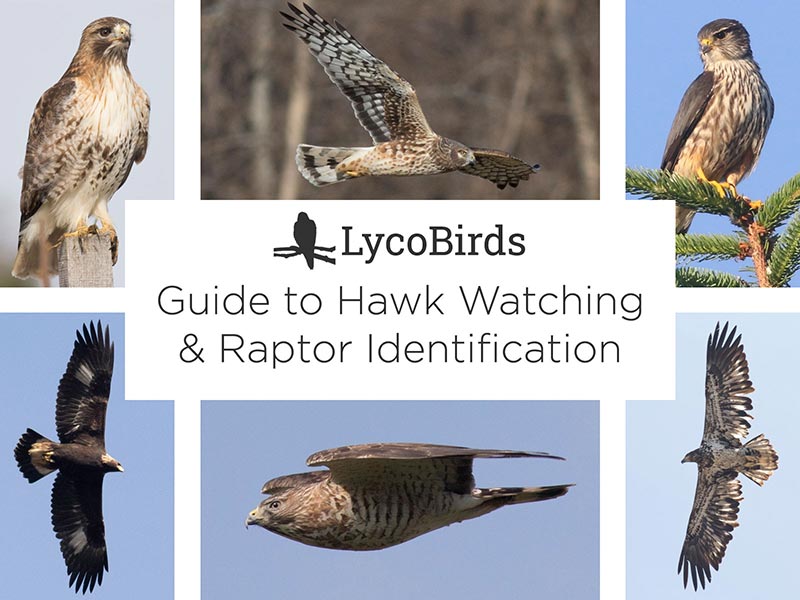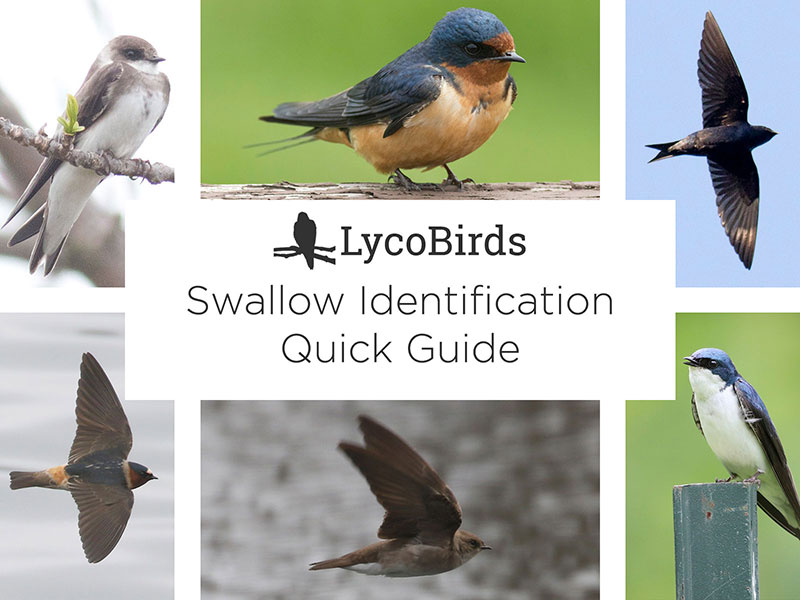How to Identify an Osprey
Ospreys are large and distinctive raptors with long, lanky wings, and are one of the easier raptors to identify. Their plumage is overall white and dark brown — with extensive white on the underside and head, a dark eyestripe, and a dark upperside.
Males and females look roughly the same. Females tend to show more of a dark "necklace," but there’s overlap, so don't count on that to be reliable.
In flight, Ospreys often bend their wings giving them an "M" shape, which is apparent even while high overhead. When they are coming towards you, notice the drooped wings. With the wings open, you'll notice the dark flight feathers and the dark patches at the "wrists" that contrast with the rest of the underwing coverts (and the white body).

Osprey in flight — notice the M shape and the dark patches at the front of the wings where they bend.

Osprey in flight — notice the long wings and dark mask.

Osprey in flight — notice the dark upperside
Adults vs Juveniles
Adult Ospreys are plain brown on top, while juveniles have pale scaling. Eye color is another difference, with adults having yellow eyes, and juveniles showing more orange eyes.

Juvenile Osprey in flight — note the orange eye

Juvenile Osprey in flight — note the pale scaling on the upperside of the wings and the orange eye

Juvenile Osprey in flight — note the pale scaling on the upperside of the wings and the orange eye

Adult Osprey in flight — note the yellow eye and lack of pale scaling on the upperside of the wings
Habits
Ospreys are usually found near bodies of water but can be seen away from water while migrating. They often migrate earlier and later in the day than other raptors, and will push into darkness more readily than most other raptor species.
Ospreys primarily eat fish, which they catch by plunging talons-first into the water. You’ll sometimes even see them carry a fish while migrating, which hawk watchers call “packing a lunch.” The fish they carry can be unbelievably large.
They often nest on man-made structures such as cell phone towers or wooden platforms that are built for them.


Osprey vs other species
You are unlikely to confuse an Osprey with most other raptors. Immature Bald Eagles would be the most likely confusion species, but notice the lankier wings and generally more extensive white on Osprey. Other than raptors, the lanky proportions and flapping style can look similar to a large gull at first glance.

Bald Eagle — many immature Bald Eagles show extensive white on the underside.

Bald Eagle — some immature Bald Eagles show a dark mask similar to an Osprey.

Osprey (right) and Herring Gull together in flight
Osprey Identification Summary
Field Marks
- Long, lanky wings
- Dark upperside (scaly looking on juveniles)
- White underside, with variable dark necklace
- White face with dark eye stripe
- Yellow eye (orange on juveniles)
Like this? Help fund more tools and projects on our site:
Support LycoBirds
All photos © David Brown or Bobby Brown.


